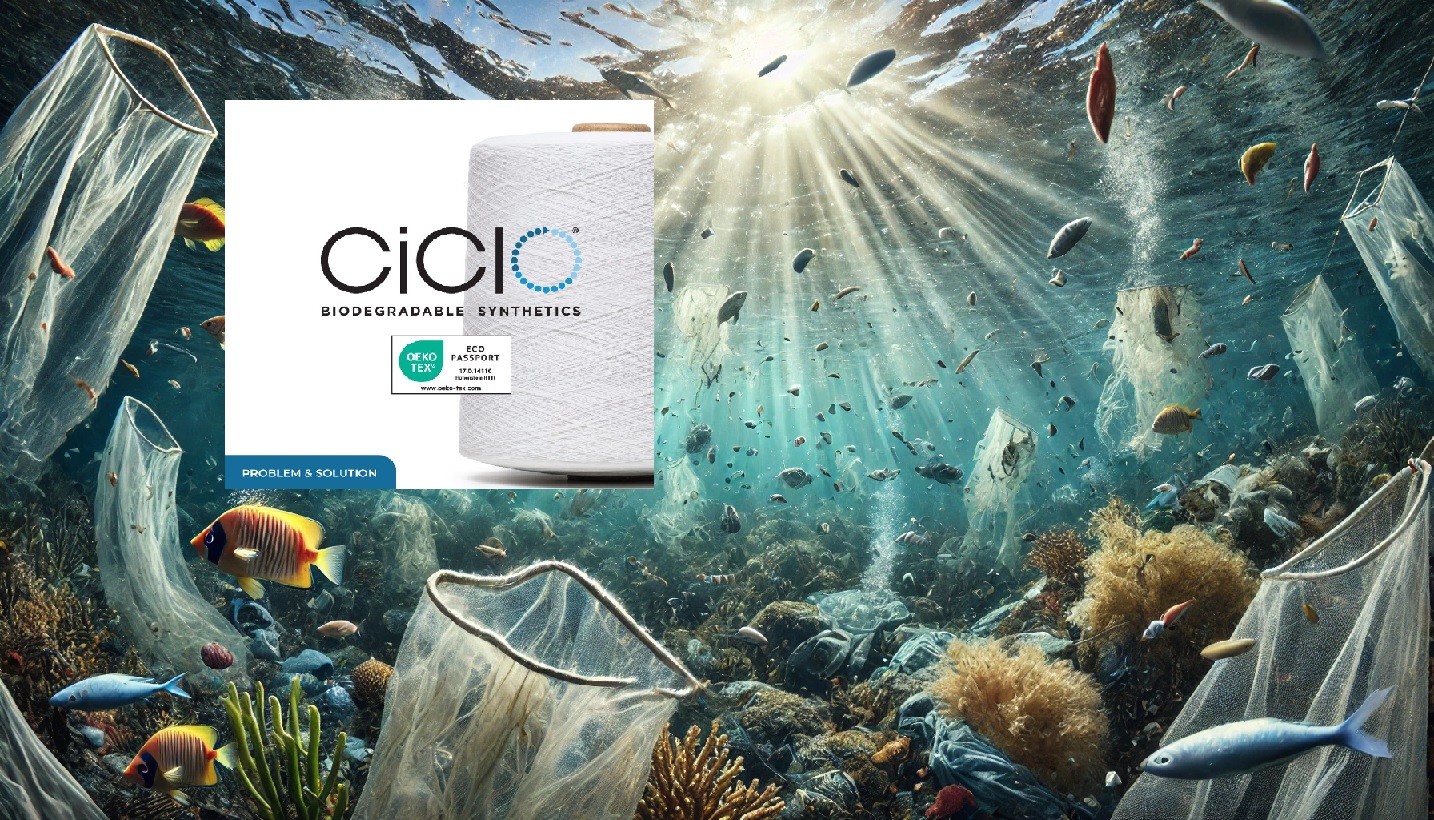The global textile industry faces a significant challenge in ensuring the sustainability and traceability of its cotton supply chains. With increasing consumer demand for transparency and ethical sourcing, brands must adopt reliable traceability technologies. However, navigating these technologies can be complex. This blog post will delve into the fundamentals of traceability technologies, explore their implications for the cotton industry, and provide a framework for evaluating their effectiveness. By understanding these technologies, stakeholders can make informed decisions to select an appropriate cotton traceability technology.
The Need for Cotton Traceability
In today’s market, consumers demand more than just quality; they seek transparency about the origins of their products. This is particularly true for cotton, a staple fiber in the textile industry. Without proper traceability, it becomes nearly impossible to verify claims about the source, quality, and ethical production of cotton. This lack of traceability not only undermines consumer trust but also makes it difficult to enforce sustainable and ethical practices across the supply chain.
The Challenges of Implementing Traceability
Implementing effective traceability technologies is fraught with challenges. Cotton processing involves multiple stages, from ginning and spinning to weaving and dyeing, during which fibers from different sources are often blended. This blending complicates the task of tracing the origin of the final product. Moreover, existing technologies vary in their accuracy, cost, and feasibility, making it difficult for companies to choose the right solution. Without a standardized approach, the industry risks investing in ineffective or incompatible technologies that fail to meet regulatory and consumer demands.
Understanding and Evaluating Traceability Technologies
To address these challenges, it is crucial to understand the fundamentals of traceability technologies and how they apply to cotton. Two primary approaches exist: inherent and additive.
Inherent Approach
Inherent traceability relies on detecting naturally occurring elements within the cotton fiber that link it to its geographic origin. These elements can include trace elements, isotopes, or microbiomes. For instance, cotton grown in different regions will have unique isotopic signatures based on the local soil and water conditions.
Additive Approach
Additive traceability involves applying a detectable marker to the cotton at some point in the supply chain. These markers can be DNA tags, tracer chemicals, or special dyes. The marker’s presence can be verified through specific testing methods, allowing the cotton’s origin to be tracked throughout the production process.
Traceability Technology Considerations for Cotton
When evaluating traceability technologies for cotton, several factors must be considered:
- Blending: The extent of fiber blending at various stages of production can impact the reliability of traceability technologies. Both inherent and additive approaches must be tested for their effectiveness in blended products.
- Processing: Technologies should be assessed for their ability to withstand the rigors of textile processing, including spinning, weaving, dyeing, and finishing.
- Sampling and Testing: The accuracy and reliability of traceability tests depend on the level of sampling required and the potential for error. Technologies should be evaluated for their sampling needs and error margins.
Evaluation Recommendations
To effectively evaluate traceability technologies, consider the following questions:
General Questions
- Does the technology confirm the origin of 100% single-origin cotton?
- How effective is the technology when cotton is blended with fibers from different origins or different types of fibers (natural, synthetic, or man-made)?
- Can the technology withstand various stages of textile processing and laundering?
- What are the physical or chemical processes involved in identification and confirmation?
- What is the error rate of the testing method, and how many samples are needed for reliable results?
- Are testing services readily available and independently verified?
- What is the cost and time required for testing?
Inherent Technology-Specific Questions
- How long does the inherent component remain detectable through different stages of processing and storage?
- How frequently is resampling needed to maintain an accurate database?
- Can the technology distinguish subtle regional differences in cotton origin?
Additive Technology-Specific Questions
- At what point in the supply chain is the additive applied, and does it survive subsequent processing stages?
- Are there any side effects from the additive that could affect storage, processing, or the final product’s quality?
- Can the additive transfer to machinery or other materials, and are there any environmental or health concerns?
Conclusion
Traceability technologies are essential for ensuring the sustainability and ethical sourcing of cotton. By understanding and carefully evaluating these technologies, stakeholders can enhance transparency, build consumer trust, and promote sustainable practices in the textile industry. As the demand for traceable cotton grows, adopting robust traceability solutions will become increasingly critical for brands aiming to stay ahead in a competitive market.
In summary, effective traceability not only addresses current challenges but also positions the cotton industry for a more sustainable and transparent future. By considering the outlined factors and questions, companies can make informed decisions and contribute to a more ethical and environmentally responsible supply chain.
Reference: https://cottonworks.com/



